- Dynamic Motion Analysis for Robotic Arms
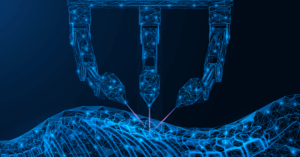
Purpose: To optimize the movement and performance of robotic arms.
Simulation Details: Using kinematic and dynamic simulations, engineers model joint movements, torque application, and interaction with objects. These simulations account for precise positioning and force application in complex tasks.
Outcome: The refined design delivers improved speed, accuracy, and reliability in applications like assembly and welding.
- Thermal Management in Underwater Robots
Purpose: To ensure consistent operation in high-pressure underwater environments.
Simulation Details: Thermal simulations model heat dissipation and material performance under extreme conditions. These models guide the selection of materials and cooling solutions.
Outcome: The robots perform reliably during extended underwater missions, maintaining efficiency and safety.
- Path Optimization for Autonomous Vehicles
Purpose: To enable efficient navigation in dynamic environments.
Simulation Details: These simulations test various path-planning algorithms, sensor placements, and obstacle avoidance strategies in virtual environments resembling real-world conditions.
Outcome: Autonomous vehicles achieve faster, safer, and more energy-efficient navigation in logistics and agriculture.
- Material Stress Testing for Industrial Crawlers
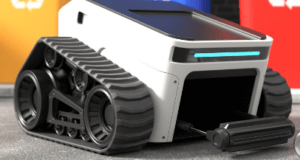
Purpose: To improve durability in harsh industrial environments.
Simulation Details: Stress simulations evaluate material performance under heavy loads and repetitive motion. These insights influence material selection and structural design.
Outcome: The crawlers operate effectively in demanding industrial settings, reducing downtime and maintenance costs.
- Sensor Fusion in Autonomous Drones
Purpose: To enhance perception and navigation capabilities.
Simulation Details: Sensor fusion simulations combine data from cameras, LIDAR, and IMUs to refine localization and mapping algorithms.
Outcome: The drones demonstrate superior obstacle avoidance and mapping accuracy, excelling in applications like infrastructure inspection and disaster response.











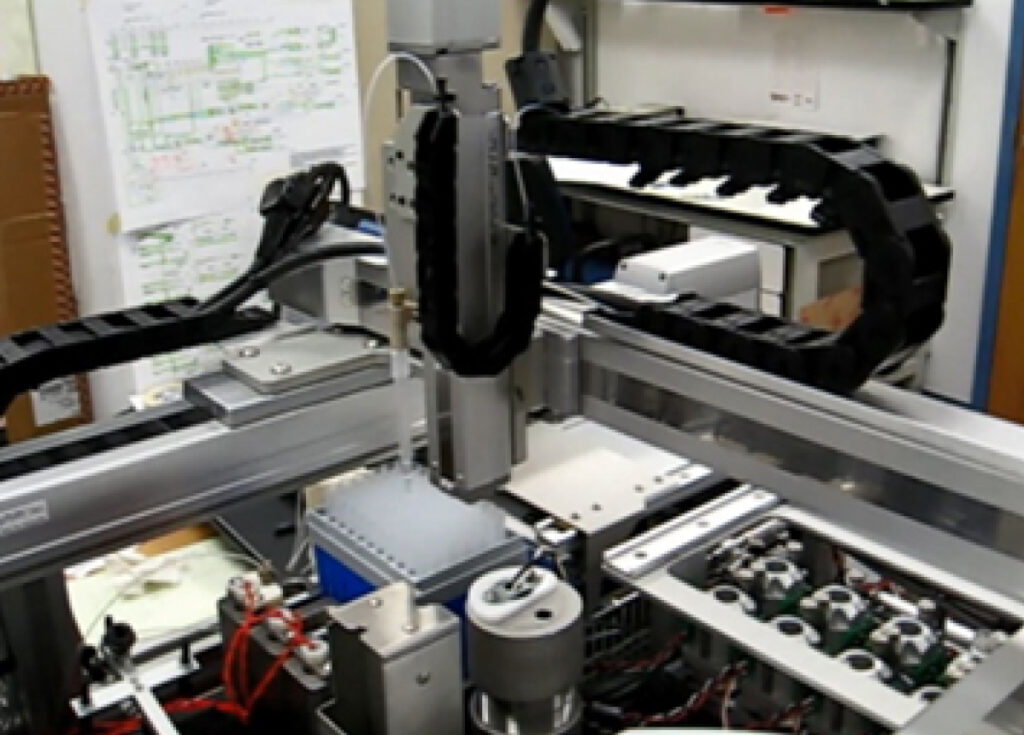
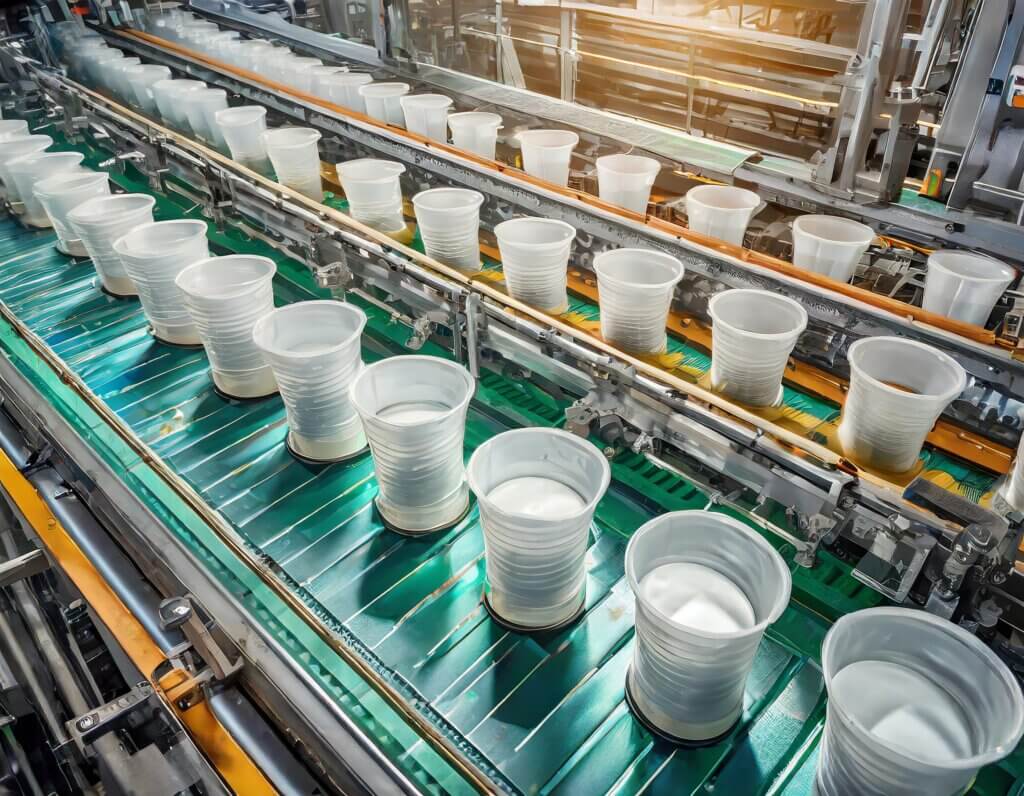
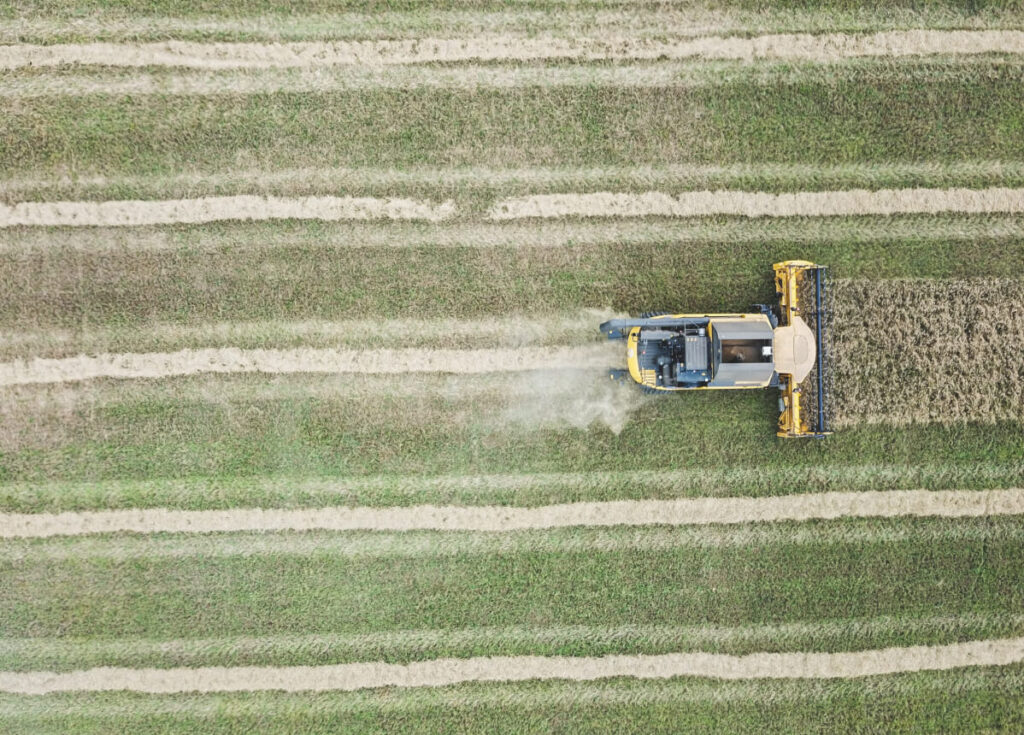
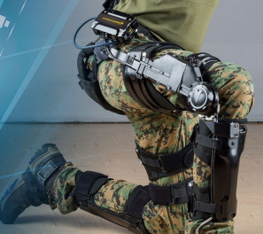
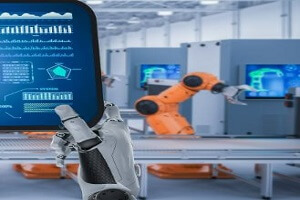 Our Robotics Experts, along with software and hardware subject matter experts will enhance your current team or drive your entire project. Don’t leave complex projects or high visibility product launches to chance. Know you’re going to get the results you want by working with industry leaders in design, development, and deployment of innovative products driven by novel engineering. Simply complete the form below and let’s start the Robotics Development Project Conversation
Our Robotics Experts, along with software and hardware subject matter experts will enhance your current team or drive your entire project. Don’t leave complex projects or high visibility product launches to chance. Know you’re going to get the results you want by working with industry leaders in design, development, and deployment of innovative products driven by novel engineering. Simply complete the form below and let’s start the Robotics Development Project Conversation
